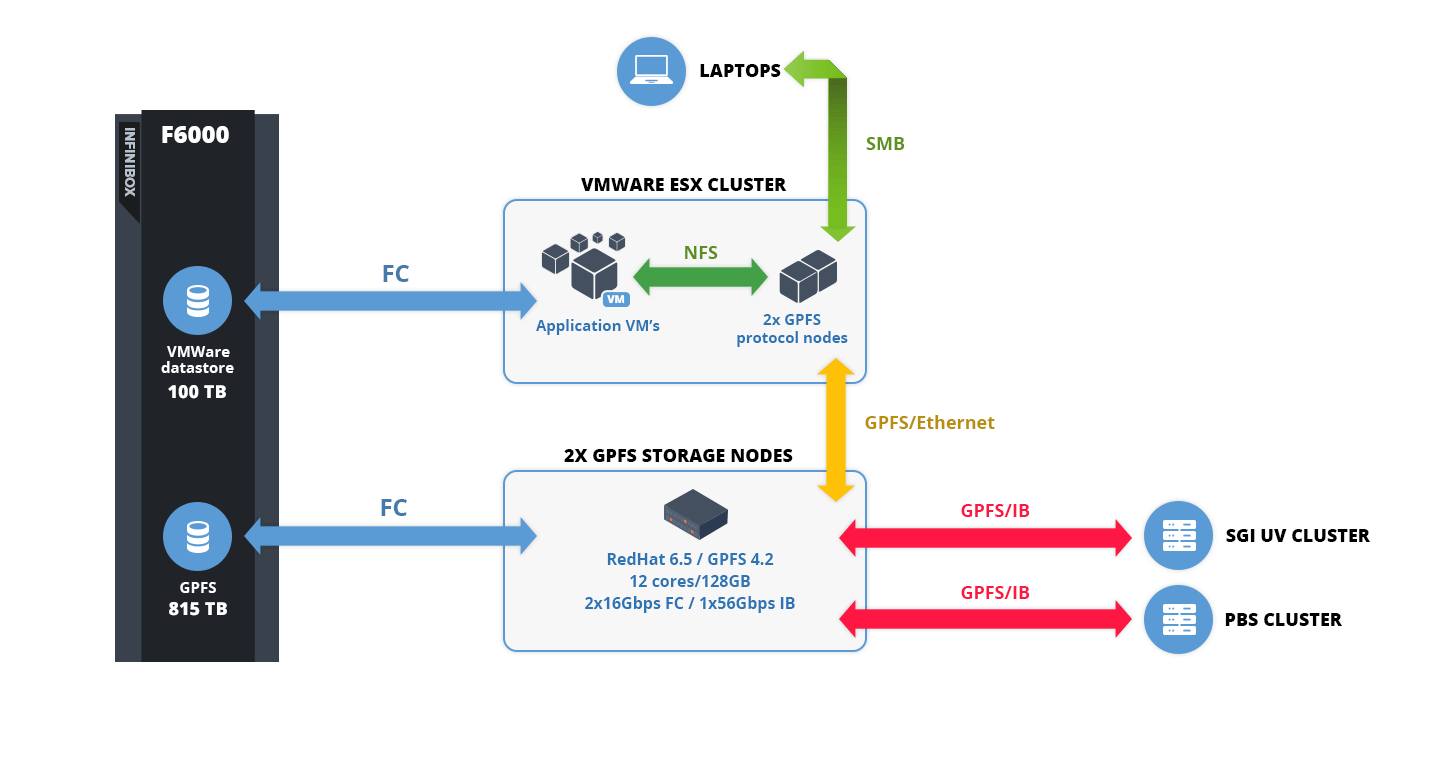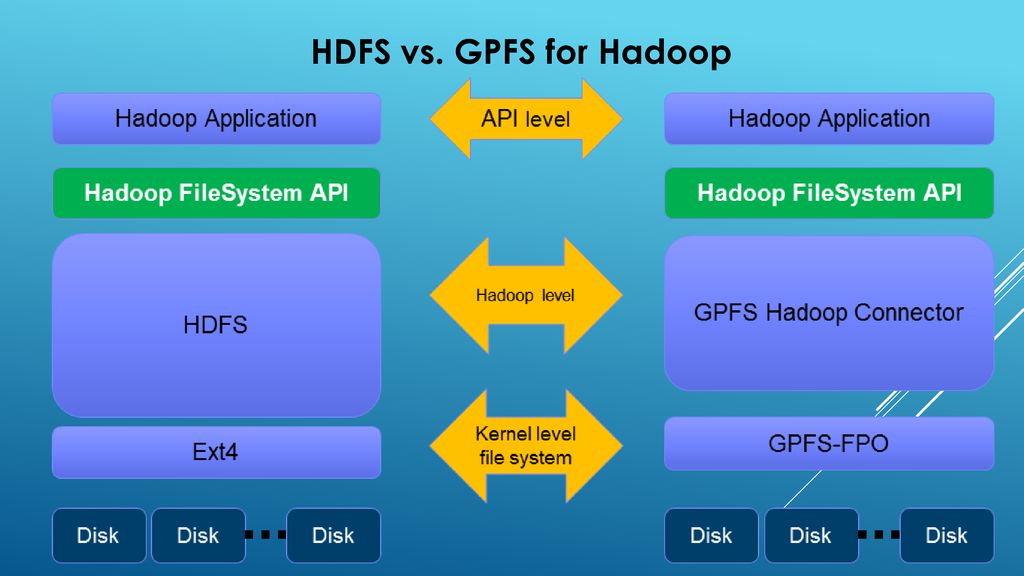
SAN vs. NAS
NAS (network-attached storage) and SAN (storage area networks) were created to address making stored data accessible to many users at the same time. Each of them provides storage for a set of customers, but their approaches to accomplishing their goals could not be more dissimilar. A NAS is dedicated storage of basic instrument data via…









